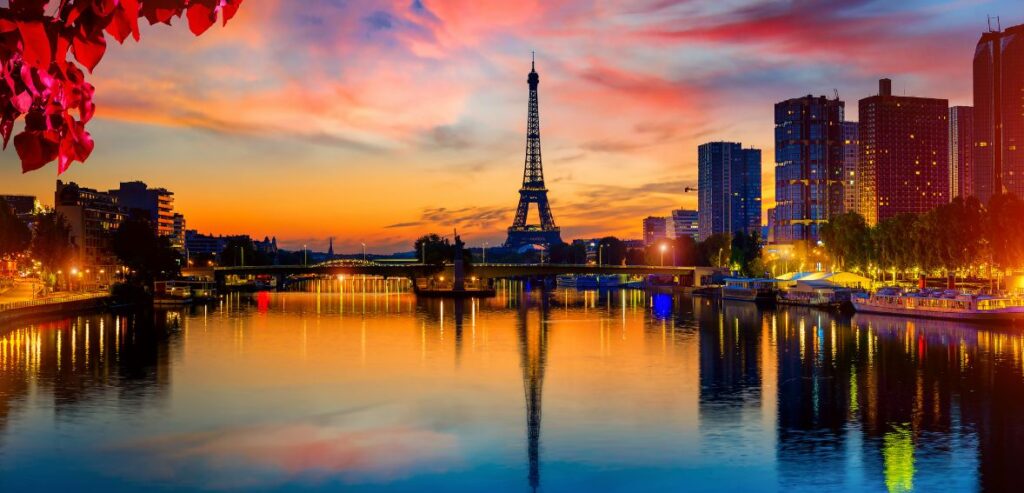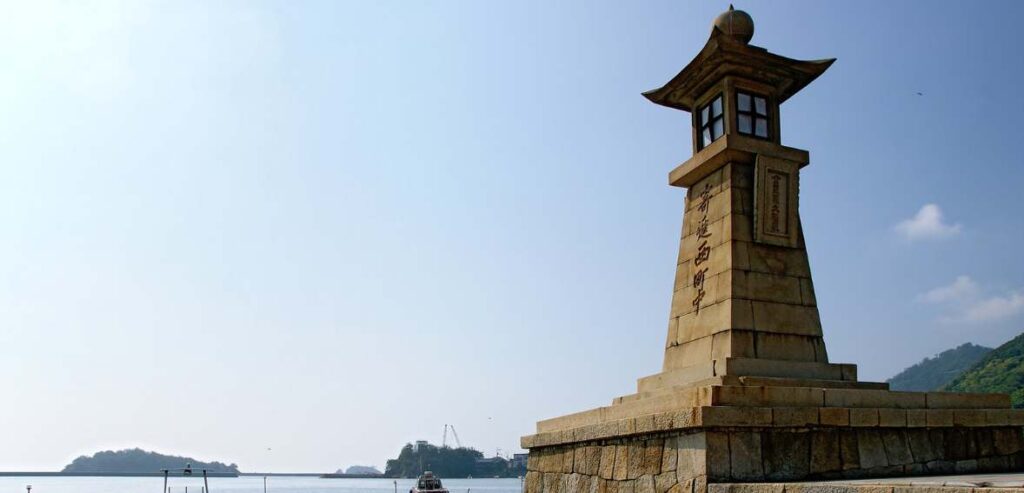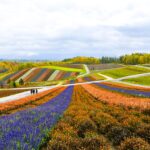Now Reading: What to Do in Khajuraho: Temples, Activities, and Travel Tips
-
01
What to Do in Khajuraho: Temples, Activities, and Travel Tips
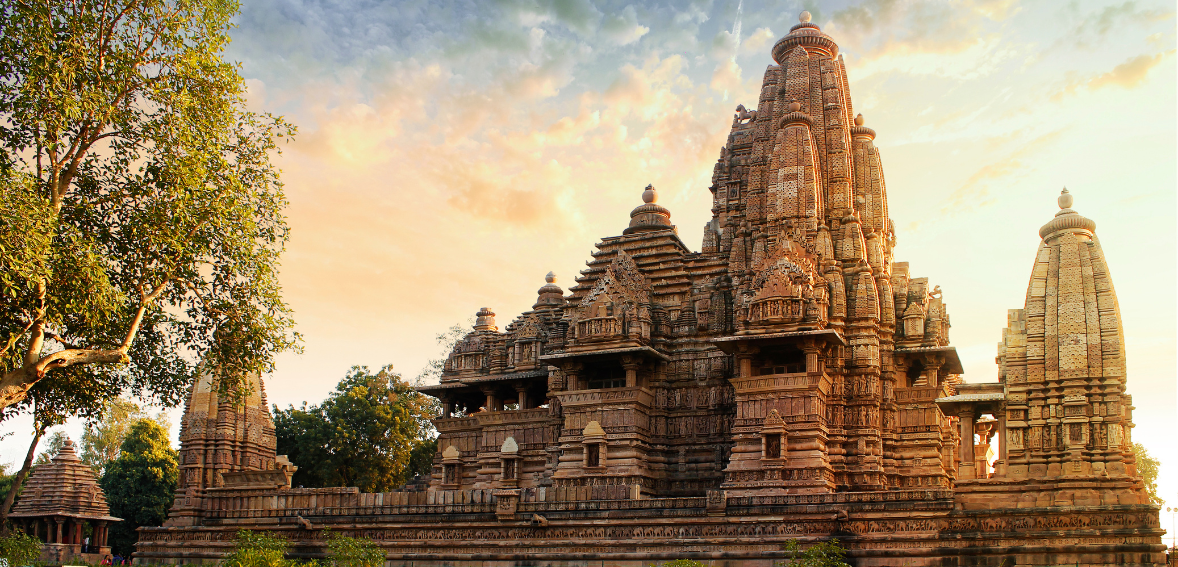
What to Do in Khajuraho: Temples, Activities, and Travel Tips
India truly is a divine place for cultural heritage explorers. While there are abundant choices, Khajuraho is a hidden gem in Madhya Pradesh. Filled with knowledge and all the thrills you seek, this UNESCO World Heritage site is known for its exquisite temples with intricate carvings.
So, ditch the stressful work for this weekend and be a part of the Chandela Dynasty for an exciting weekend adventure and mesmerize yourself in the brilliance of architecture and detailed sculptures constructed between 950 and 1050 AD.
Below, we give you a detailed Khajuraho sightseeing itinerary for when you visit, from visiting Panna National Park and Raneh Falls to the amazing temples of Chitragupta, Kandariya Mahadev, and Brahma, transporting you back in time.
Exploring the Temples of Khajuraho
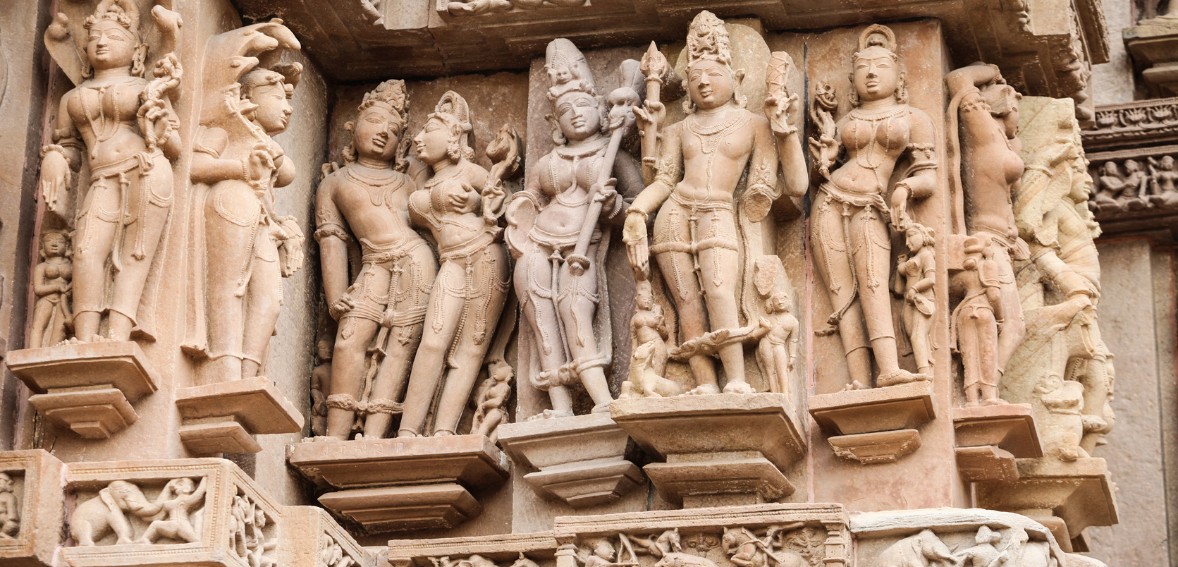
The temples of Khajuraho are categorized into Western, Eastern, and Southern.
Western Group: Most Visited Cluster, Featuring Prominent Temples
- Kandariya Mahadeva Temple:
As one of the biggest temples in the Western Group, this 31-meter-tall temple is dedicated to the “Great God of the Cave.” Built in the late 900s and early 1000s, this Lord Shiva temple has a tall spire with several smaller connected structures.
It’s famous for its detailed carvings, including gods and some erotic art that represent different parts of life and spirituality.
- Lakshmana Temple:
Lakshmana temple is one of the oldest and best-kept temples here. This temple is dedicated to Lord Vishnu and is said to be built before 954 CE. This temple is a haven for art lovers as it houses not one or two but over 600 sculptures of various gods on its outer walls. Each sculpture tells a religious story or myth – how amazing is that!?
- Devi Jagadambi Temple:
Some believe this temple is dedicated to Lord Vishnu, while others argue that the temple is linked to Goddess Parvati – either way, this temple is an amazing place to find divinity and peace among its history and intricate carvings. It has a mix of divine figures and some erotic sculptures, making it stand out.
- Vishwanatha Temple:
This temple is also for Lord Shiva and features an impressive statue of Nandi, the bull, facing the main shrine. The walls are decorated with detailed carvings of different gods and celestial beings.
- Chitragupta Temple:
Unique because it’s one of the few Sun temples in India, the Chitragupta Temple is dedicated to Surya, the Sun God. It has a big image of Surya in a chariot pulled by seven horses and is decorated with carvings showing royal life and processions.
- Nandi Temple:
Located right opposite the Vishwanatha Temple, the Nandi Temple has a large statue of Nandi, Shiva’s bull. The temple was built so that Nandi could face the main deity, Shiva, following traditional architecture.
- Chausath Yogini Temple:
One of the oldest temples here, the Chausath Yogini Temple, is made of granite and is dedicated to the 64 Yoginis, who are attendants of Goddess Kali. It has 64 small rooms arranged in a circle, each with a statue of a Yogini.
Eastern Group: Includes Hindu and Jain Temples
- Parshvanath Temple:
It’s the biggest Jain temple in Khajuraho. This temple is dedicated to the 23rd Tirthankara, the Lord Parshvanath. This temple was completed around the mid-900s and is known for the elaborate designs that adorn this temple. The views are breathtaking, with the sculptures depicting different deities and normal day-to-day activities from that period.
- Adinath Temple:
Dedicated to Lord Adinath, the first Jain Tirthankara, the Adinath Temple is known for its graceful architecture and intricate carvings. It was constructed in the late 11th century, and the outer walls are covered with carvings of apsaras (celestial dancers) and other figures. The style is pretty similar to the Hindu temples you find in Khajuraho.
- Ghantai Temple:
The Ghantai Temple is a Jain temple that is distinctive in its own right. It beautifully showcases Mahavira’s mother seeing the 16 dreams and a Jain goddess seated on a winged Garuda. And this is mainly why the temple is called Ghantai, as there are chain and bell (ghanta) patterns on the pillar inside. All of these make it even more enjoyable.
- Brahma Temple:
One of the three Hindu temples in the Eastern Group of Khajuraho, the Brahma Temple simpler than the others. It’s famous for having a four-faced image of Brahma in the main chamber. Even though the design is not as elaborate, the temple holds significant religious importance.
- Vamana Temple:
Dedicated to Vamana, an avatar of Lord Vishnu, the Vamana Temple showcases classic Nagara-style architecture. The outer walls are richly carved with images of gods, apsaras, and different daily life scenes. It’s a great example of the detailed artistry found in Khajuraho’s temples.
- Javari Temple:
Another very popular Hindu temple in the Eastern Group, the Javari Temple, is dedicated to Lord Vishnu. Even though it’s smaller, it’s known for its beautiful carvings and well-proportioned architecture. The attention to detail in the sculptures makes it a notable spot among the temples.
Southern Group: Less-Frequented Group
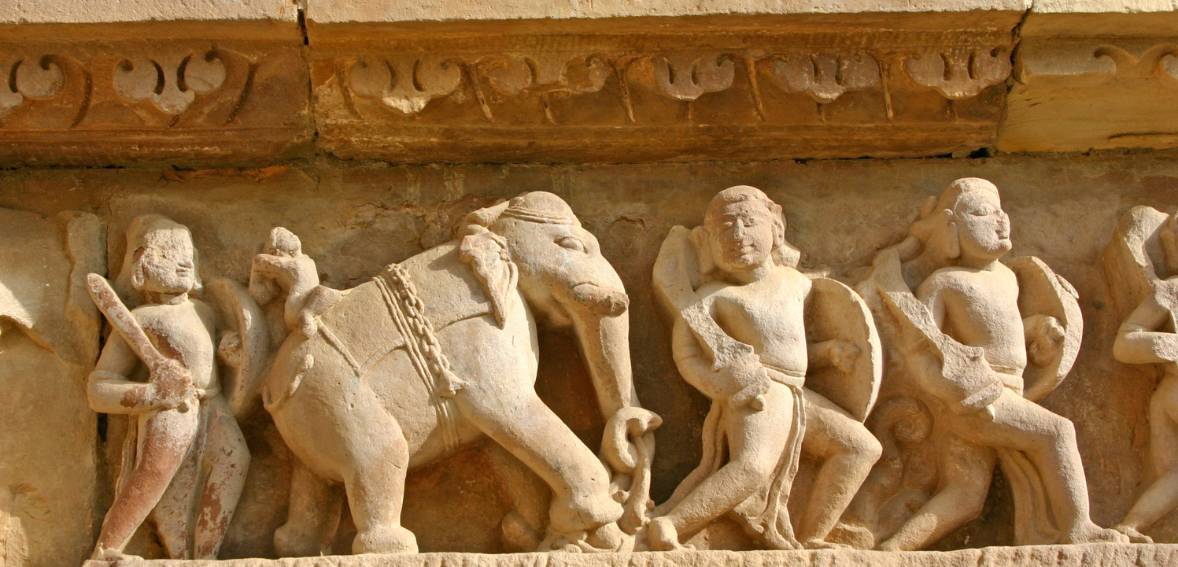
- Duladeo Temple:
Also known as “Kunwar Math,” this temple is dedicated to Lord Shiva and is among the later constructions of the Chandela period, dating between 1000 and 1150 AD. The temple features intricate carvings of celestial maidens (apsaras) and other figures, showcasing a softer and more expressive style than earlier temples. The sanctum houses a Shiva lingam, and the temple’s name, “Duladeo,” translates to “Holy Bridegroom.”
- Chaturbhuj Temple:
Located approximately 3 kilometers south of Khajuraho, this temple is unique for its absence of erotic sculptures, a characteristic feature in many Khajuraho temples. It houses a remarkable 9-foot high, four-armed statue of Lord Vishnu, from which the temple derives its name (“Chaturbhuj” meaning “one with four arms”). The temple faces west, unlike most Khajuraho temples that are oriented eastward and is situated near the Jatkari village.
- Beejamandal Temple:
Currently under excavation by the Archaeological Survey of India, this temple is in the old Jatkhara village. Preliminary findings suggest that it may surpass the Kandariya Mahadev Temple in size upon full excavation, with an estimated length of 34.60 meters compared to Kandariya’s 30 meters. The temple is believed to be the Vaidyanath Temple, which is mentioned in historical inscriptions.
Activities and Experiences in Khajuraho
Beyond temple visits, Khajuraho offers various activities:
1. The Sound and Light Show
The Sound and Light Show at Khajuraho is a captivating evening experience that serves as a bridge connecting visitors to the rich cultural and historical significance of the Chandela Dynasty and their architectural marvels. Set against the backdrop of the UNESCO World Heritage Western Group of Temples, the show uses state-of-the-art audio-visual technology to narrate the history and myths of Khajuraho, making it an essential experience for any visitor to the region.
Highlights and Features:
- Narration by Amitabh Bachchan: The show features an enigmatic narration by the legendary Amitabh Bachchan, adding a profound depth to the storytelling and enhancing the overall experience.
- Technological Display: The event utilizes multi-colored laser lights and superior acoustics, which illuminate the intricate temple carvings and sculptures, dramatically highlighting the artistic achievements of the Chandela rulers.
- Bilingual Shows: To accommodate both domestic and international visitors, the show is available in both Hindi and English. This ensures that a wider audience can appreciate the historical insights and stories of the temples.
- Timings and Duration: The show timings adjust seasonally. From October to February, the English show runs from 6:30 PM to 7:25 PM followed by the Hindi version from 7:40 PM to 8:35 PM. From March to September, the English show is from 7:30 PM to 8:25 PM and the Hindi show is from 8:40 PM to 9:35 PM. Each session lasts approximately 55 minutes.
- Ticket Prices: Entry fees are quite reasonable, costing Rs. 250 for Indian nationals and Rs. 700 for international tourists, ensuring accessibility for all.
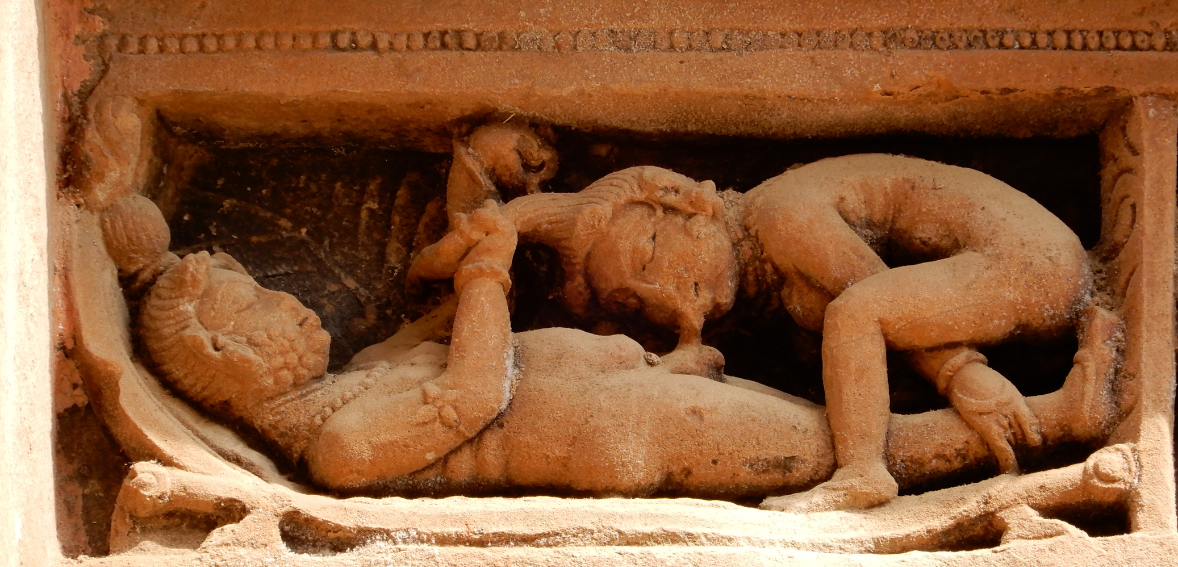
2. Panna National Park
Panna National Park is in Madhya Pradesh, covering about 543 square kilometers across the Panna and Chhatarpur districts. The park is known for its wide range of wildlife and habitats. Animals like tigers, leopards, chital, nilgai, sambar deer, sloth bears, and chinkara live here, along with more than 200 species of birds. Some notable birds include the bar-headed goose, Indian vulture, and crested honey buzzard.
Details to know:
- Safari Options: Jeep safaris let visitors explore the park. Morning safaris are usually from 6 AM to 11 AM, and evening safaris run from 3 PM to 6:30 PM.
- Places to Stay: Accommodations range from basic forest rest houses to more luxurious options like Ken River Lodge and Taj’s Pashan Garh.
- Best Visiting Time: December to March is recommended for visits, as the weather is better and you’re more likely to spot wildlife.
- Getting There: The park is about 25 km from Khajuraho Airport, so it’s fairly easy to reach.
- Conservation: Panna is especially known for its tiger conservation efforts, which have been recognized as a big success in wildlife protection across the country.
3. Khajuraho Dance Festival
The Khajuraho Dance Festival is a yearly celebration held from February 20th to 26th in Khajuraho, Madhya Pradesh. Started in 1975, it’s a vibrant showcase of India’s classical dance traditions, set against the stunning backdrop of the UNESCO-listed Khajuraho temples.
The Khajuraho Dance Festival offers a chance to explore India’s classical dances and cultural heritage in a historically rich and architecturally beautiful setting.
What to Expect:
- Classical Dance Performances: Enjoy performances by talented artists presenting traditional dance forms like Kathak, Bharatanatyam, Odissi, Kuchipudi, Manipuri, and Kathakali.
- Unique Venue: The dances take place in an open-air setting near the Chitragupta Temple (dedicated to the Sun God) and the Vishwanatha Temple (dedicated to Lord Shiva), both part of the Western Group of Temples.
- Workshops and Seminars: Dive deeper into India’s cultural heritage through workshops and discussions focused on dance and traditional arts.
- Art and Crafts Exhibits: Browse through exhibitions of Indian art, textiles, and crafts, with a chance to buy handmade items from local artisans.
- Food Festival: Savor delicious regional dishes from Madhya Pradesh as part of a culinary festival running alongside the main event.
4. State Museum of Tribal and Folk Art
The State Museum of Tribal and Folk Art, located in the Chandela Cultural Complex in Khajuraho, Madhya Pradesh, is a great spot to explore the region’s tribal heritage. With more than 500 artifacts on display, it offers a fascinating glimpse into the traditions and craftsmanship of the local tribal communities.
As one of the best Khajuraho tourist attractions, it is conveniently located just 2 km from the Khajuraho Bus Stand, making it easy to access for anyone in the area.
What You’ll See:
- Wide Range of Artifacts: The museum showcases an impressive collection, including woodcraft, jewelry, tattoos, masks, metal crafts, and traditional paintings that highlight the area’s cultural richness.
- Cultural Stories: The exhibits provide a window into the rituals and daily lives of various tribal groups, helping visitors appreciate their unique ways of life.
- Artistic Masterpieces: Look out for large terracotta sculptures, detailed paintings, and intricately carved wooden doors that show off the amazing skills of local artisans.
- Peaceful Surroundings: The museum is surrounded by a well-kept garden, creating a calm atmosphere for visitors to enjoy as they explore.
It opens every day from 12:00 PM to 8:00 PM, except on Mondays and public holidays. The entry fee is ₹10 per person for Indian visitors. A visit to this museum is a great way to learn more about the traditions and artistry of Madhya Pradesh’s tribal communities.
5. Raneh Falls
Raneh Falls, about 20 kilometers from Khajuraho in Madhya Pradesh, is a stunning natural waterfall on the Ken River. The river has carved a 5-kilometer-long, 30-meter-deep canyon through vibrant crystalline granite, creating a beautiful mix of pink, red, and grey hues. Often called the “Grand Canyon of India,” the site features year-round waterfalls, with additional cascades appearing during the monsoon.
Raneh Falls is a fantastic spot for nature lovers, offering a mix of scenic beauty, geological wonders, and a touch of wildlife.
What to Know:
- Unique Geology: The canyon is a treasure trove of igneous rocks like granite and dolomite, making it a must-visit for geology buffs.
- Nearby Wildlife Sanctuary: Close to the falls is the Ken Gharial Sanctuary, home to the rare and endangered gharial, adding a wildlife element to your visit.
- Getting There: The falls are easily accessible by road, with taxis and auto-rickshaws readily available for the 20-kilometer trip from Khajuraho.
- Visitor Amenities: Viewing platforms and watchtowers at the site offer safe and excellent vantage points for admiring the falls and the canyon.
- When to Visit: The best time to see Raneh Falls is from July to November, during and after the monsoon, when the waterfalls are at their most impressive.
It opens daily from 6:00 AM to 6:00 PM, except on Wednesdays when it closes at noon. And with an entry fee of just ₹50 per person (with an additional charge of ₹300 for vehicles), it’s really affordable.
6. Ken Gharial Sanctuary
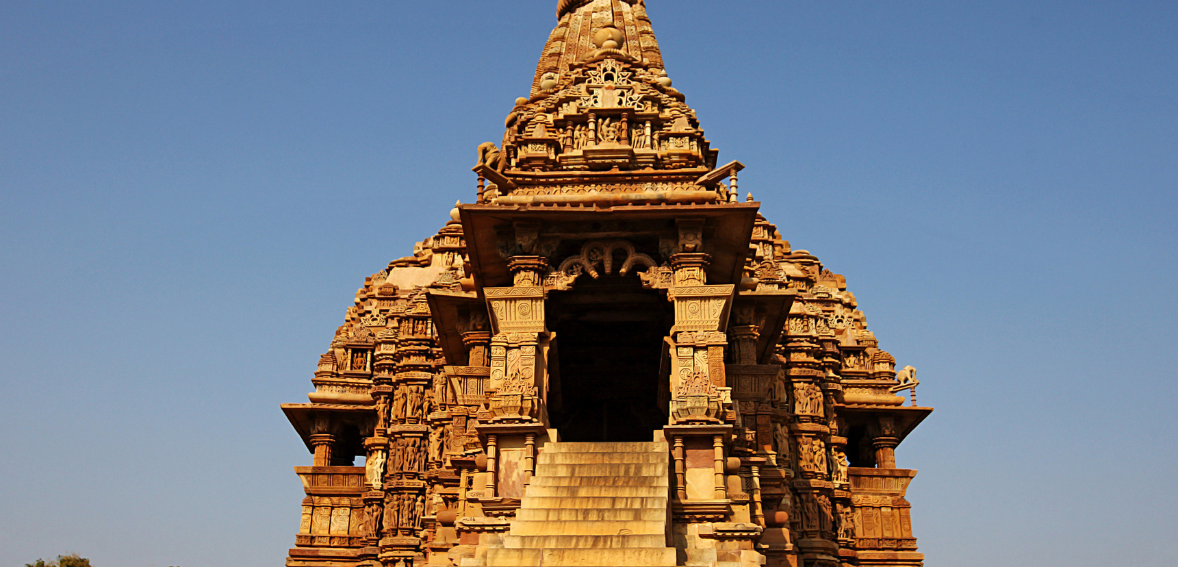
Ken Gharial Sanctuary, about 25 kilometers from Khajuraho in Madhya Pradesh, is a protected haven for the critically endangered gharial, a unique crocodile species with a distinctive long, slender snout. Spread across 45 square kilometers, it lies at the confluence of the Ken and Khudar rivers, offering visitors a chance to explore its rich biodiversity and scenic beauty.
Ken Gharial Sanctuary is a perfect spot for nature lovers, offering a mix of wildlife, birdwatching, and scenic landscapes.
What to Explore:
- Spotting Gharials: The sanctuary is a key site for gharial conservation, and these fascinating reptiles can often be seen basking along the riverbanks, especially during cooler months.
- Wildlife Variety: Beyond gharials, the sanctuary is home to muggers (marsh crocodiles), nilgai, sambar deer, chinkara, wild boars, monkeys, and even leopards, though leopard sightings are rare.
- Birdwatching Paradise: Bird enthusiasts can enjoy observing vultures, including Egyptian, Indian, and Himalayan species, which nest along the cliffs near Raneh Falls. The sanctuary is a hotspot for birdwatching.
- Boating on the Ken River: Boat rides are a great way to experience the sanctuary. These run from 7:00–9:00 AM and 4:00–5:00 PM, giving you a unique perspective on the landscape and its wildlife.
- Close to Raneh Falls: The sanctuary’s location near Raneh Falls makes it easy to visit both attractions in one trip, combining wildlife exploration with views of the vibrant granite canyon and waterfalls.
It opens daily from 6:00 AM to 6:00 PM, with the last entry allowed at 5:00 PM. Visitors have the flexibility to plan their visit without fixed safari slots. The entry costs ₹600 per vehicle. For convenience, you can hire a vehicle for a round trip from Madla Gate or Panna for ₹1,500–₹2,000. A guide, available for ₹100, is required for all visitors.
7. Ajaigarh Fort
Ajaigarh Fort, located about 80 kilometers from Khajuraho in Madhya Pradesh’s Panna district, is a historic site perched on a flat-topped hill in the Vindhya ranges, 688 meters above sea level. Once a stronghold of the Chandela dynasty, this fort offers visitors incredible views of the surrounding landscape, including the Ken River.
Ajaigarh Fort is perfect for those who enjoy combining historical exploration with stunning natural views, making it a memorable day trip from Khajuraho.
What to Discover:
- Architectural Features: The fort originally had five gates, two of which still stand. Inside, you can explore ancient temples and two rock-cut tanks near the northern gate, named Ganga and Yamuna.
- Rich History: Ajaigarh Fort was the capital of the Chandelas during their later years, showcasing the architectural and cultural legacy of this significant dynasty.
- Breathtaking Views: Standing at a great height, the fort provides sweeping views of the Vindhya Hills and the Ken River, making it an ideal spot for photography and nature lovers.
- The Climb: To reach the fort, you’ll need to tackle around 500 steps. While it’s a bit of a workout, the effort is rewarded with spectacular scenery and a sense of achievement.
- Temple Ruins: The site is dotted with the remains of temples adorned with intricate carvings, giving visitors a glimpse into the region’s artistic history.
It opens every day from 6:00 AM to 6:00 PM with no entry fee to visit the fort.
Practical Information for Khajuraho
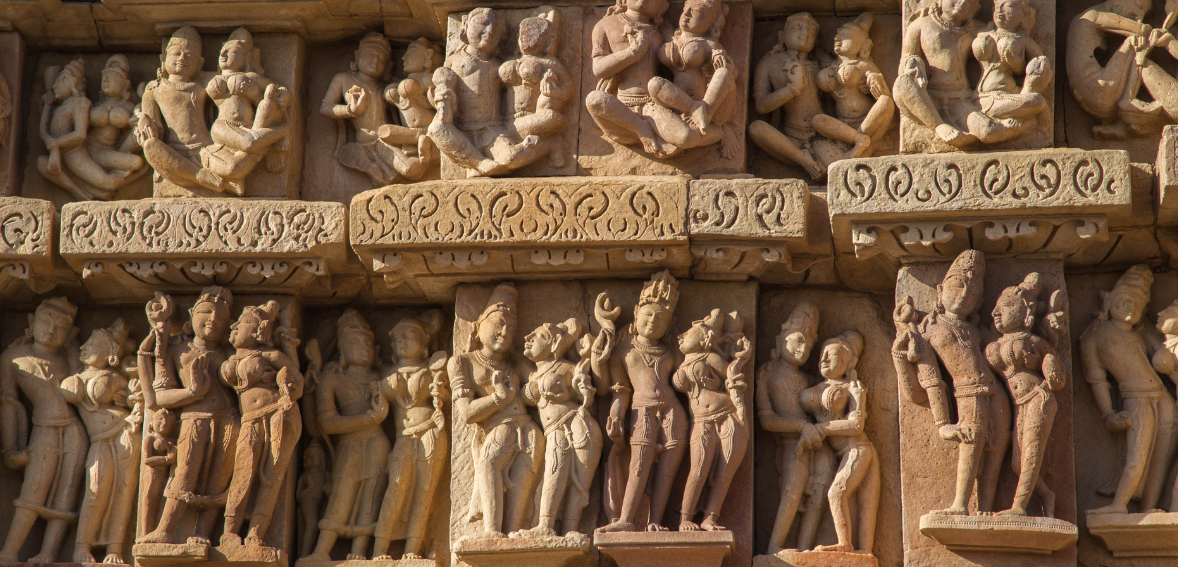
Here are some of the most important Khajuraho travel tips:
- Best Time to Visit
Plan your visit between October and March, when the weather is ideal for exploring. February is especially popular due to the Khajuraho Dance Festival, where classical Indian dance performances are held in the temples’ stunning surroundings.
- How to Reach
Khajuraho is accessible by air, train, and road. The Khajuraho Airport, located approximately 3 km from the town, offers flights connecting to cities such as Delhi, Varanasi, and Bhopal. For rail travelers, Khajuraho Railway Station is linked to major cities including Delhi, Agra, Jaipur, Bhopal, and Varanasi, with trains like the Uttar Pradesh Sampark Kranti Express and Geeta Jayanti Express serving the route.
Additionally, Khajuraho is well-connected by road, with regular buses and taxis available from nearby towns and cities. It is about 620 km from Delhi via well-maintained roads.
- Where to Stay
There’s a range of accommodations in Khajuraho to fit various budgets:
- Ramada Khajuraho: A 5-star hotel with comfortable rooms, an outdoor pool, and easy access to attractions.
- Hotel Isabel Palace: A mid-range hotel offering clean rooms, great hospitality, and a rooftop restaurant.
- Zostel Khajuraho: A budget-friendly hostel for backpackers with dorms and private rooms.
- Hotel Harmony Khajuraho: A simple and affordable option with a garden setting and basic amenities.
- Travel Tips
When visiting temples in Khajuraho, it is recommended to wear modest clothing to respect local customs. Auto-rickshaws and bicycles are popular and convenient options for getting around, with auto-rickshaws often available for hire daily. To enhance your experience and understand the history and significance of the temples, consider hiring a local guide.
Conclusion
Khajuraho offers an unmatched blend of history, culture, and natural beauty, making it an essential destination for those interested in exploring India’s rich heritage. From its intricately carved temples and captivating dance festival to the serene beauty of Raneh Falls and the Ken Gharial Sanctuary, the region has something for every traveler.
Whether you’re drawn to architectural marvels, wildlife, or cultural experiences, Khajuraho provides a well-rounded getaway. Plan your visit to uncover the stories of a bygone era while enjoying modern conveniences and diverse attractions.


